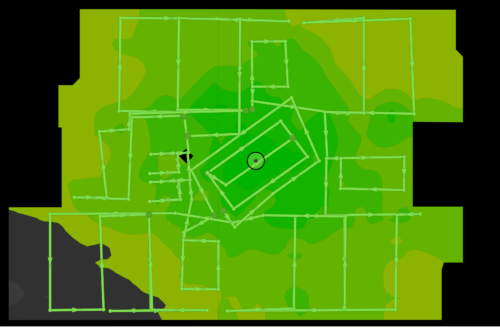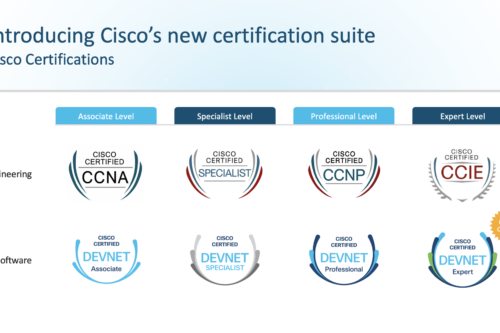What Is Mobility Express?
Cisco recently introduced a two new AP models: the 1850 and 1830. The purpose of this article is not to discuss the exact technical specs of those two models, but I will say they are 802.11ac Wave 2 APs. What I really want to focus on is a new “controller” that was introduced along side these new APS. The key here is that the controller is built into the AP. Let’s get this out of the way up front, no this is not new technology that I’m going to be introducing. Aruba and others have had controllers on their APs for awhile but this is new for Cisco. What Cisco has done is created a way to have a single AP at a site be the controller that can support up to 25 APs per Mobility Express (ME) instance. This flexible method joins the existing options of centralized controllers and converged solutions using IOS-XE compatible switches.
Comparing the Solutions
Where does the Mobility Express solution fit in with the existing solutions? Many of us are familiar with the traditional controller based deployment. You either deploy a local controller to support a building or deploy a centralized controller that supports multiple sites using FlexConnect mode APs. This solution scales well for large numbers of sites/APs but when you look at sites that might only have a handful of APs with limited IT services it no longer appears to work well. What would be the solution for a smaller site? You could certainly deploy a 2504 smaller controller or you could go with autonomous APs. The problem with autonomous APs is that now you have to manage those individually and possibly setup WDS to support roaming. Deploying a 2504 means another network connected device, rack/closet space, etc. I suppose I should mention converged access here too probably but I haven’t seen many people actually go that route. There are quite a few design concerns with converged but we’ll leave that for another post.
What Is the Benefit?
So I guess where does that put the benefit of the Mobility Express solution? When we look at who would be deploying this solution: the leaner IT shops. It provides a way for on premises controller based solutions that doesn’t break the budget. This is where ME wins big, you get support up to 25 APs with no licenses. There are no “renewals” to worry about that brick your device if you stop paying, no hardware other than an AP that needs supporting, and a single point for management. For a lean IT shop the ME solution is an easy to deploy system by broadcasting a provisioning SSID that allows you to wireless connect to the AP and drops the need of the serial console cable.
What about Meraki?
OK, we’ve gotten this far and you probably are thinking this is a great SMB play and didn’t Cisco spend an insane amount of money on a company that had a solution for that market already? Yes, yes they did. But the thing is that solution doesn’t work everywhere, there are locations that can’t have their infrastructure managed by an external service or don’t have Internet connectivity period.
To Deploy or Not Deploy?
I think the ME solution fills a definite need in the Cisco product portfolio, something other vendors yes have already realized but it’s great we have another vendor building solutions as well, competition fosters innovation does it not? At the end of the day everything comes down to what is the appropriate solution for your needs.
Disclosure of Material Connection: I received one or more of the products or services mentioned above for free in the hope that I would mention it on my blog. Regardless, I only recommend products or services I use personally and believe will be good for my readers. I am disclosing this in accordance with the Federal Trade Commission’s 16 CFR, Part 255: “Guides Concerning the Use of Endorsements and Testimonials in Advertising.”




Great post. I like how you addressed the similarities & differences between Cisco mobility and Meraki. mobility is great for small shops or places with lean IT especially since your network can be fully managed from a smartphone.